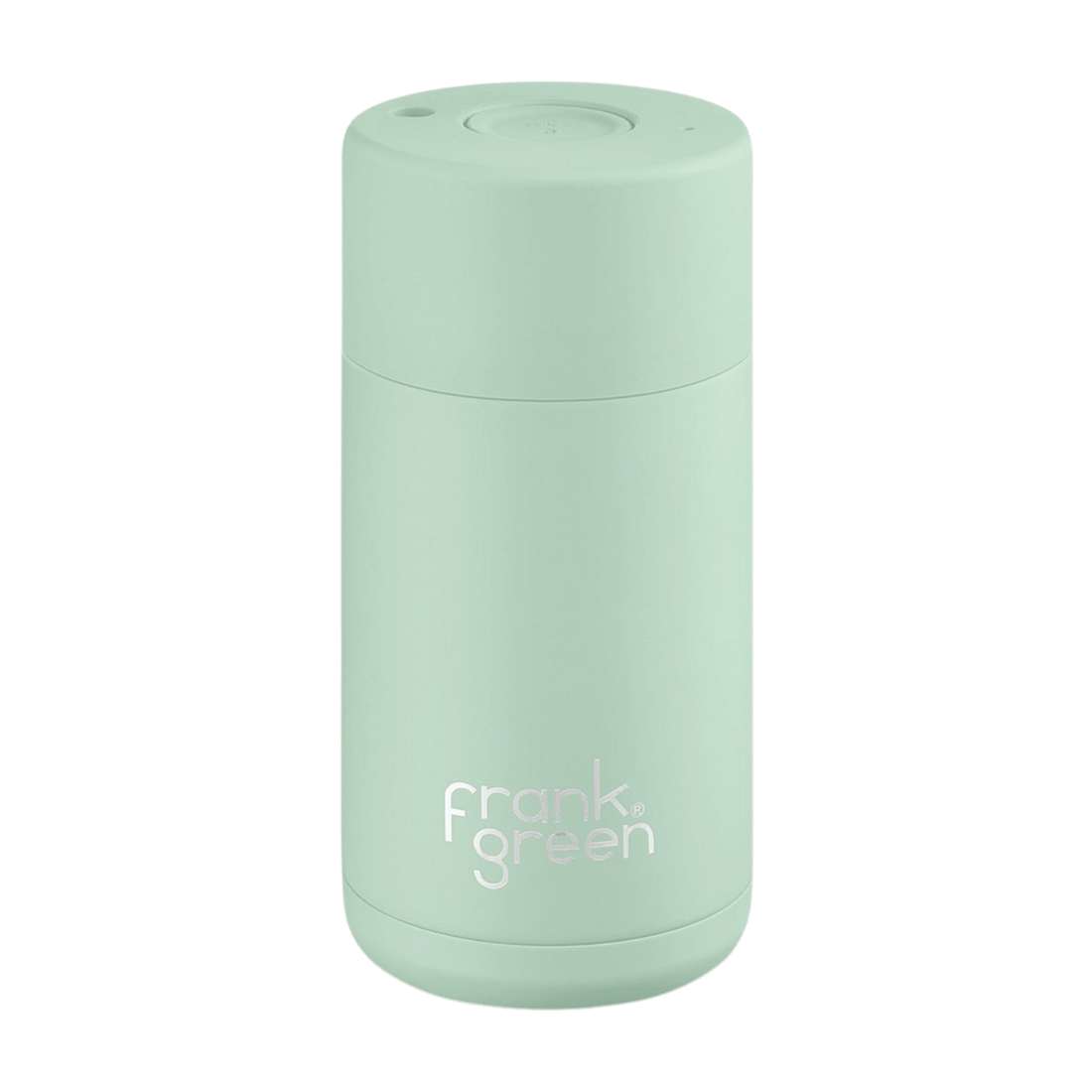Teacher's Toolkit: Creating a Multi-Sensory Reading Experience

Overview of this Blog:
Transform your reading instruction by engaging all the senses! Multi-sensory learning isn't just engaging – it's proven to enhance memory, improve comprehension, and boost overall reading success. Here's your comprehensive guide to creating immersive reading experiences that work for every learner.
Why Multi-Sensory Reading Works
Research shows that when students engage multiple senses while reading, they:
- Retain information better
- Develop stronger neural connections
- Show increased engagement
- Experience improved comprehension
Let's explore how to bring these benefits to your classroom using decodable readers.
Visual Learning Strategies
Make Text Come Alive
✓ Use colour coding for:
- Different phonics patterns
- High-frequency words
- Punctuation marks
- Syllable breaks
Visual Tracking Tools
- Sliding window cards
- Reading rulers
- Highlight strips
- Character cards
Auditory Learning Activities
Sound Exploration
- Echo reading
- Rhythm tapping for syllables
- Sound sorting games
- Phoneme manipulation activities
Digital Enhancement
- Recording and playback
- Interactive sound games
- Musical phonics activities
- Group choral reading
Tactile Learning Experiences
Hands-On Activities
- Letter formation with various materials
- Word building with manipulatives
- Texture cards for sound patterns
- 3D letter exploration
Movement-Based Learning
- Air writing
- Body spelling
- Sound action games
- Reading obstacle courses
Kinesthetic Learning Opportunities
Whole Body Engagement
- Jump rope phonics
- Reading relay races
- Sound hop scotch
- Character movement games
Fine Motor Activities
- Sand writing
- Play dough letters
- Finger tracing
- Magnetic letter manipulation
Implementing Multi-Sensory Reading Lessons
Lesson Structure
- Warm-up (2-3 minutes)
- Quick physical activity
- Sound review game
- Movement-based phonics drill
- Main Lesson (10-15 minutes)
- Introduce new sounds/patterns
- Multi-sensory exploration
- Guided practice
- Application (10-12 minutes)
- Decodable text reading
- Partner activities
- Independent practice
- Review (3-5 minutes)
- Quick assessment
- Celebration of learning
- Movement-based review
Differentiation Strategies
For Visual Learners
- Colour-coded text
- Picture supports
- Graphic organisers
- Visual schedules
For Auditory Learners
- Rhythm and rhyme activities
- Sound games
- Musical mnemonics
- Partner reading
For Tactile/Kinesthetic Learners
- Manipulative letters
- Movement activities
- Texture cards
- Building words
Assessment and Progress Monitoring
Observable Indicators
- Engagement levels
- Accuracy improvement
- Fluency development
- Comprehension growth
Documentation Methods
- Progress checklists
- Video recordings
- Student portfolios
- Running records
Creating an Inclusive Environment
Room Setup
- Defined learning spaces
- Accessible materials
- Movement areas
- Quiet zones
Material Organization
- Labeled storage
- Student-friendly access
- Regular rotation
- Clear systems
Troubleshooting Common Challenges
Managing Energy Levels
- Alternate active and quiet activities
- Build in movement breaks
- Use transition signals
- Monitor engagement
Supporting All Learners
- Provide choice in activities
- Offer multiple practice opportunities
- Allow flexible seating
- Adjust pacing as needed
Building Home-School Connections
Parent Communication
- Share multi-sensory strategies
- Provide simple activity ideas
- Celebrate progress
- Encourage continuation at home
Take-Home Activities
- Sound bags
- Letter formation sheets
- Movement games
- Reading logs
Next Steps for Implementation
Start small and build your multi-sensory toolkit gradually:
- Choose one new strategy per week
- Document what works
- Share successes with colleagues
- Adjust based on student response
Remember: The goal is to make reading instruction engaging, effective, and enjoyable for every student in your class.
— Happy Reading!
[Ready to enhance your reading instruction with multi-sensory activities? Explore our complete collection of decodable readers and teaching resources designed to support diverse learning styles.]
Want to Learn More?
Here are some of our recent blog posts on Phonics and Decodable Readers:
- What to Look For When Choosing Decodable Readers
- 3 Tips to Perfecting Your Child's Reading Routine
- Systematic Synthetic Phonics: EXPLAINED
- Reading Progress Slowed Down? 7 Expert Solutions That Work
- Avoid These 4 Mistakes When Teaching Kids with Decodable Readers
- The Digital Advantage: How Online Decodable Readers Transform Learning Outcomes
- The Phonics Milestones Your Child Should Hit (And When)






